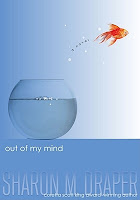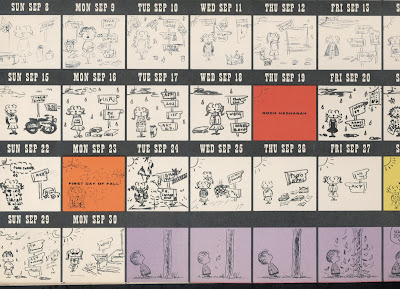But where will I work? My studio, which has doubled as a guest room and Santa's workshop over the holidays, is totally out of control. The lovely new pencils and sketch books I received for Christmas have no place to call home, and I can't find the right papers to move on with my illustrations for the book that is under consideration. When I get the call, I need to be ready to get back to work on illustrations. Clutter has taken over... again!
I thought I'd try a few strategies for clutter control that I found in the Internet. Since much of the clutter from the studio was moved to another bedroom to make space for company, I thought I'd attack that room, which HAS seen the light of day in the past month. A bed full of clutter from the studio disappeared in less than an hour. I turned on some music, set my phone alarm for 30 minutes,
 and got to work with one bag for recycle, one for trash and another for donations. Everything that was on the bed is now in a proper bag or is located where, or near, where it belongs in the studio or various closets. It took less than an hour.
and got to work with one bag for recycle, one for trash and another for donations. Everything that was on the bed is now in a proper bag or is located where, or near, where it belongs in the studio or various closets. It took less than an hour. While clearing up this clutter, I also came up with some possible strategies for the studio. I see now that I need bins or shelves for the many types and sizes of paper, page covers and laminating pockets I use. I also need bins or boxes for materials for different projects: genealogy, the current book, two up-coming books, the foundation I run and my card-game business, Copy-cology (c). It is clear that I need some type of shelves in the closet to organize wrapping paper, fabrics, gift bags and various craft supplies.
While clearing up this clutter, I also came up with some possible strategies for the studio. I see now that I need bins or shelves for the many types and sizes of paper, page covers and laminating pockets I use. I also need bins or boxes for materials for different projects: genealogy, the current book, two up-coming books, the foundation I run and my card-game business, Copy-cology (c). It is clear that I need some type of shelves in the closet to organize wrapping paper, fabrics, gift bags and various craft supplies. I also need to work at getting rid of things I don't need and letting go of things that have emotional glue all over them. Today I managed to let go of a number of papers, including the networking plan I created for a university class I used to teach and a crossword puzzle I created for that class. The new year needs a new mind-set. If I created those things 16 years ago, I can certainly create the same things or better ones now. Some of this material might be on an old computer, but accessing old files is yet another challenge for the year ahead. One of the lines I loved from the Internet pointed out that, if your home is full of clutter, there isn't room for all the good things you want in life.
So tonight I will plan and search for organizing tools, and tomorrow (before the new year even begins) I will attack the studio and make it mine once more. Then I will begin to polish "The Mexican Blanket," and work on illustrations for my children's book. The author/illustrator will be back on track for 2014: the year my first book is published!














































